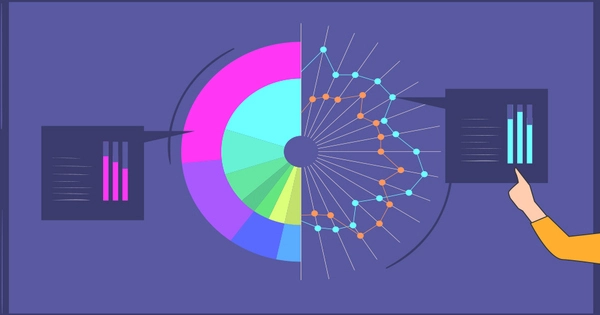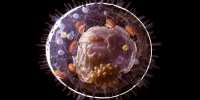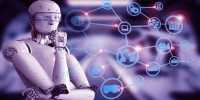Interactive cyber-physical human refers to the development of advanced technology that allows for the creation of human-like figures that can interact with the physical world. The goal of generating contact-rich whole-body motions is to create realistic, human-like movements that involve interactions with objects and surfaces in the environment. This requires the integration of advanced control systems, robotics, and computer vision to create human-like figures that can move, touch, and manipulate objects in the same way that a real human would.
Robots struggle to perform human-like motions that involve multiple contacts. A researcher has imagined an interactive cyber-physical human (iCPH) platform with complementary humanoid (physical twin) and simulation (digital twin) elements in this regard. For data collection and augmentation, iCPH combines human measurement data, musculoskeletal analysis, and machine learning. As a result, iCPH is capable of comprehending, anticipating, and synthesizing whole-body contact motions.
Humans are naturally capable of performing a wide range of complex tasks. Sitting, picking something up from a table, and pushing a cart are examples of these. These activities involve a variety of movements and multiple contacts, making them difficult to program robots to perform.
Professor Eiichi Yoshida of Tokyo University of Science recently proposed the creation of an interactive cyber-physical human (iCPH) platform to address this issue. It can aid in the comprehension and generation of human-like systems with contact-rich whole-body motions. His work was published in Frontiers in Robotics and Artificial Intelligence.
While a humanoid robot acts as a physical twin of a human, a digital twin exists as a simulated human or robot in cyberspace. The latter is modeled through techniques such as musculoskeletal and robotic analysis. The two twins complement each other.
Prof. Yoshida
Prof. Yoshida briefly describes the fundamentals of the platform. “As the name suggests, iCPH combines physical and cyber elements to capture human motions. While a humanoid robot acts as a physical twin of a human, a digital twin exists as a simulated human or robot in cyberspace. The latter is modeled through techniques such as musculoskeletal and robotic analysis. The two twins complement each other.”
The ultimate goal of this research is to create technology that can enable more natural and intuitive human-computer interaction. This technology could have a wide range of applications, such as in virtual and augmented reality, gaming, and assistive technologies for individuals with disabilities.
This study raises several important questions. How can humanoids imitate human movement? How can robots mimic and learn human behaviors? And how can robots interact with humans in a natural and fluid manner?

In this framework, Prof. Yoshida addresses them. First, human motion is quantified in the iCPH framework by quantifying the shape, structure, angle, velocity, and force associated with the movement of various body parts. Additionally, the sequence of human contacts is recorded. As a result, the framework enables the generic description of various motions via differential equations, as well as the generation of a contact motion network on which a humanoid can act.
Second, using model-based and machine-learning approaches, the digital twin learns this network. The analytical gradient computation method links them together. The robot simulation learns how to perform the contact sequence through continuous learning. Third, iCPH augments the contact motion network with data and employs the vector quantization technique. It aids in the extraction of symbols expressing the language of contact motion. As a result, the platform enables the generation of contact motion even in inexperienced situations. In other words, by using smooth motions involving many contacts, robots can explore unknown environments and interact with humans.
In effect, the author puts forward three challenges. These pertain to the general descriptors, continual learning, and symbolization of contact motion. Navigating them is necessary for realizing iCPH. Once developed, the novel platform will have numerous applications.
“The iCPH data will be made public and applied to real-world problems to solve social and industrial issues. Humanoid robots can relieve humans of many burdensome tasks while also improving their safety, such as lifting heavy objects and working in hazardous environments. iCPH can also be used to monitor human tasks and aid in the prevention of work-related illnesses. Finally, humanoids can be remotely controlled by humans via their digital twins, allowing them to perform large equipment installation and object transportation” Prof. Yoshida discusses the applications of iCPH.















